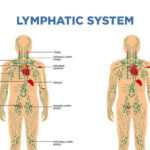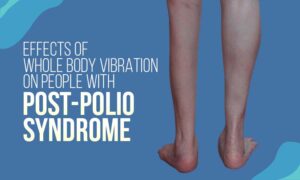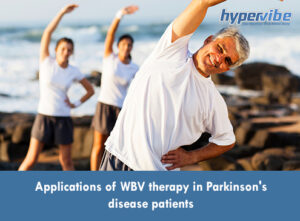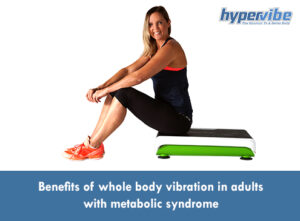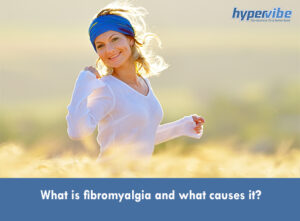How to Recognize and Treat the Restless Leg Syndrome
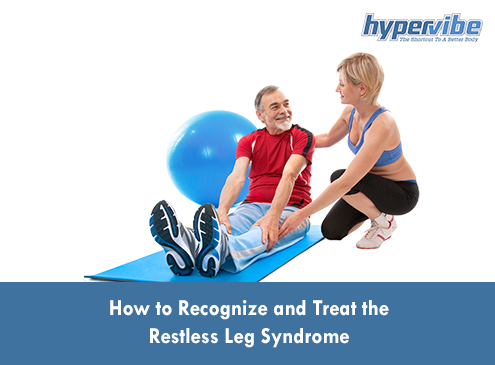
The restless leg syndrome (RLS) is defined as an irresistible urge to move your legs, and occurs mostly in the evening and at night, when the sufferer is relaxed and resting. Along with this urge, a burning, tingling, creeping or crawling sensation can also be felt, and the discomfort decreases only when the patient moves the legs.
People with RLS feel uncomfortable when they sit or lie down, as trying to relax activates the symptoms, so getting rest and falling asleep can be very difficult. In most patients with restless leg syndrome, staying asleep is also a challenge, so daytime fatigue and feelings of exhaustion are not uncommon.
RLS is a neurological disorder and is present in about 10% of the U.S. population, moderate to severe cases affecting 2-3% of adults. The condition occurs in both men and women, but tends to be more frequent in females, and can begin at any age, although the symptoms tend to be more severe in older people.
Not all patients with RLS seek medical help; some believe these symptoms are nothing serious and shouldn’t be taken care of, especially if the manifestations are mild and come and go on their own. However, with no treatment, this syndrome can get worse, and can severely affect the personal and professional lives of patients.
People with RLS can suffer from sleep deprivation, concentration and memory problems, inability to focus and solve even simple tasks, mood swings and depression. Sometimes the urge to move affects not only the legs but also the arms, trunk or head, and in most patients the symptoms are present on both sides of the body.
Identifying the cause of RLS isn’t always possible, but doctors believe genes may play a role, nearly half of patients having a family member with this condition. Certain chronic diseases like kidney failure, diabetes or iron deficiency, peripheral neuropathy or Parkinson’s disease, can include or cause symptoms specific to RLS.
Also, some medications like antipsychotic or antidepressant drugs, as well as allergy medications and drugs used to treat nausea, can cause the urge to move the legs. In some women, RLS-like symptoms are present during pregnancy, especially in the last months, but they usually go away with no treatment.
Sitting in a car or plane for several hours, or even sitting in a movie theater or class, doing relaxation exercises and being immobilized in a cast can trigger or worsen the symptoms. Alcohol use and sleep deprivation are other factors that may contribute to the occurrence or worsening of RLS.
Treatment options for restless leg syndrome (RLS)
Restless leg syndrome is a lifelong condition with no permanent cure, however there are therapies and treatments that can keep the disease under control and minimize the symptoms. In some patients there are periods of remission, when the symptoms decrease or disappear for weeks or even months, but they usually reappear after a while.
Doing moderate exercises during the day and changing your lifestyle by including a regular sleep schedule and some relaxation time can help, but if these techniques aren’t effective, then medication may be necessary. Giving up alcohol, caffeine and tobacco, taking supplements that prevent iron, magnesium and folate deficiency, as well as massaging the legs and taking a hot bath before sleep may be useful.
In some patients it helps to apply ice packs on the legs a few times during the day, or to use a heating pad. For some, medications are the only solutions, although taken regularly these drugs may lose their effect over time. So it’s necessary to change the medications periodically, and to try other treatments if there’s no improvement in symptoms.
Drugs commonly used for treating RLS include dopaminergic agents like those used in Parkinson’s disease, benzodiazepines, which can help patients get more restful sleep, some opioids, which are prescribed for relaxing the body and reducing the discomfort, and anticonvulsants, which can decrease the urge to move the legs.
Have something to add to this article? Comment below or join our Facebook community and share your thoughts with us.





